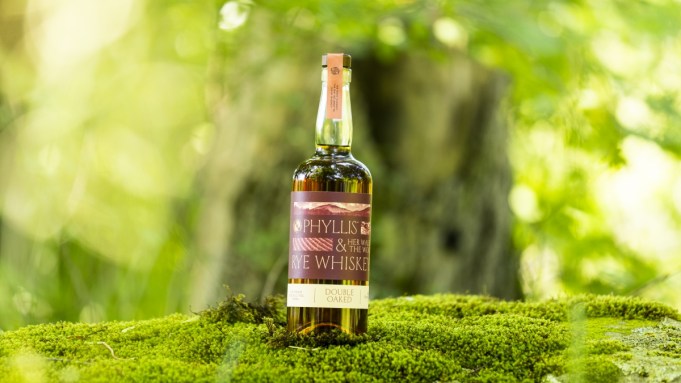Welcome to Taste Test, where every week our critic Jonah Flicker explores the most buzzworthy and interesting whiskeys in the world. Check back each Sunday for his latest whiskey review.
If you’re a fan of American craft spirits, you’ve likely come across Barr Hill Gin before. This expression stands out for the fact that it gets its flavor not from 10 to 12 botanicals, but from just two ingredients, juniper and honey, the latter of which is supposed to provide a range of notes that are collected by bees as they fly around pollinating flowers. This year, the distillery behind Barr Hill, Caledonia Spirits, expanded into the whiskey category with the release of two new rye expressions produced totally in-house, and it seems like they might have another crafty hit on their hands.
Caledonia Spirits has been making whiskey for about eight years, but it only released its first bottling last December. The plan was, and remains, to make rye whiskey as opposed to bourbon or other malt. That’s because, according to GM Patrick Amice, using locally grown and regenerative grains was non-negotiable, and is part of the distillery’s M.O. of “connecting agriculture to cocktail culture.” There’s not a whole lot of corn growing in Vermont, but there is a good deal of rye and even some malted barley. The whiskey was always meant be produced in-house instead of sourcing to set it apart from the 95/5 MGP rye that you’ll find many brands selling, and the final mashbill came out at 84 percent rye and 16 percent malted barley.
There was an initial single-barrel rye release, but the first two more widely available expressions are both cask-finished whiskeys. For this review, I’m focusing on Phyllis & Her Walk in the Woods: Double Oaked Rye Whiskey, but there’s also a port barrel-finished version available now. According to Amice, the decision to cask-finish the whiskey was based on the fact that much of the older stock in the blend was matured in smaller 30-gallon barrels made from Vermont oak, which gives the rye a spicier, drier edge that could use a bit of softening. The distillery has mostly moved into using standard 53-gallon barrels now, but the blend in these new bottles is about equal parts both sizes, and consists of whiskey aged between about three and seven years.
For the Double Oaked Rye expression, the blend was put into barrels previously used to age rye whiskey and Moscatel wine for about six months. The concept of double-oaked whiskey is a tried and true one, with popular expressions available from distilleries like Woodford Reserve, Peerless, and 2XO. This rye whiskey is a tasty and unique take on the concept, however, and it’s a solid addition to the wider world of craft spirits. The liquid is a dark amber-orange color, and the nose immediately reads rye with a fruity, spicy aroma backed up by some sweetness. The use of smaller barrels in the blend is evident when you sip, although it’s not the aggressive woodiness that you might expect. There are younger, greener notes, but overall the palate is dominated by rich flavors of candied orange, tropical fruit, raisin, vanilla pudding, black pepper, and a dash of cardamom. At 50 percent ABV, there’s a nice bit of heat on the finish as well.
I am curious to try the whiskey on its own, without any type of finish at all, just for comparison’s sake. Amice says as more of the larger 53-gallon barrels start to reach maturity, there will be future un-finished single barrel releases as well as more cask finishes. “What we wanted was something that is an extension of the agriculture of Vermont,” he says. “We wanted a rye that was bold and spicy, full flavored, a little bit warming, and something that truly shows off why a whiskey made from 100 percent Vermont grains is going to be different than a bottle of MGP stock or a bottle of Woodford Rye or something like that.” I think Caledonia Spirits has succeed in that, and I’m looking forward to seeing what else they come up with.
Score: 86
- 100 Worth trading your first born for
- 95 – 99 In the Pantheon: A trophy for the cabinet
- 90 – 94 Great: An excited nod from friends when you pour them a dram
- 85 – 89 Very Good: Delicious enough to buy, but not quite special enough to chase on the secondary market
- 80 – 84 Good: More of your everyday drinker, solid and reliable
- Below 80 It’s alright: Honestly, we probably won’t waste your time and ours with this


